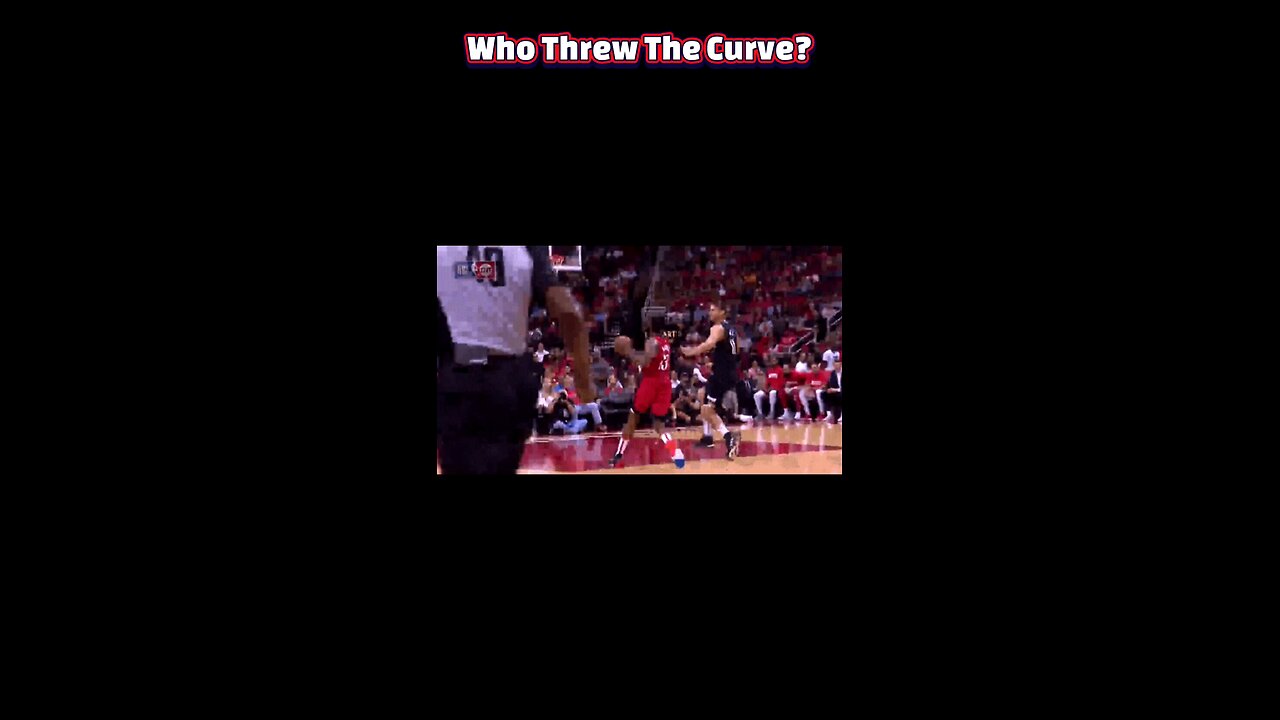Premium Only Content

From Shaq to Splash: How the Big Man Rewrote Basketball
#NBAHistory
#BasketballEvolution
#JoelEmbiid
#KarlAnthonyTowns
#ShaquilleONeal
#HakeemOlajuwon
#NBACenters
#ThreePointRevolution
#FromPostToPerimeter
#NBA
For much of basketball history, the center position was defined by sheer size, dominance in the paint, and an almost singular focus on post play. In the 1990s, stars like Shaquille O’Neal and Hakeem Olajuwon epitomized this archetype. Shaq was an unstoppable physical force whose combination of power and agility overwhelmed defenders, while Hakeem showcased masterful footwork and soft touch around the rim. Both commanded double‑teams, lived in the low post, and shaped their team’s offenses around their ability to score inside and protect the rim on the other end. Outside shooting was neither expected nor emphasized; the three‑point line was foreign terrain for most big men.
In the decades since, the league’s pace and space revolution has redefined the role of the center. As perimeter shooting became central to offensive strategy, big men faced a simple choice: adapt or risk irrelevance. No longer confined to the paint, modern centers have evolved into multi‑dimensional threats who stretch defenses beyond the arc, facilitate from the high post, and still anchor the paint when needed. This shift was accelerated by rule changes that opened driving lanes, the analytics movement that prized the three‑pointer, and the rise of positionless basketball.
Players like Joel Embiid embody this hybrid model. Embiid’s offensive repertoire includes punishing post moves reminiscent of Olajuwon’s footwork, yet he’s also a credible three‑point shooter, capable of pulling opposing centers out of the paint and opening lanes for teammates. His ability to fluidly alternate between bully‑ball in the post and finesse on the perimeter keeps defenses guessing. Similarly, Karl‑Anthony Towns is perhaps the most accomplished shooting big of his generation, with a career three‑point percentage that rivals many guards. Towns blends rebounding, inside scoring, and deep shooting range to create mismatches across the floor.
When compared directly to 90s giants like Shaq and Hakeem, the modern big man sacrifices some of the singular low‑post dominance for versatility. Shaq rarely stepped outside the key and didn’t need to—his physical advantages were overwhelming. Hakeem had a more versatile skill set than most of his peers, yet still focused primarily on mid‑range and post play. Today’s bigs must navigate a more perimeter‑oriented game, often switching defensively onto guards and initiating offense from the top of the key. They’re expected to shoot, pass, and defend in space—skills that were supplementary for 90s centers but are now non‑negotiable.
Ultimately, the evolution of the big man mirrors the evolution of basketball itself: a steady shift toward skill diversity, spacing, and adaptability. While traditional post dominance hasn’t disappeared, it now shares the stage with perimeter shooting and playmaking. Players like Embiid and Towns are heirs to the legacy of Shaq and Hakeem, but their games are shaped by the modern NBA’s demands. They represent a fusion of eras—anchored in the post yet unafraid to step beyond the arc—embodying how the center position has transformed from a specialized role into a multifaceted engine for team success.
-
 LIVE
LIVE
MattMorseTV
2 hours ago $4.14 earned🔴Trump's FBI dropped a BOMBSHELL.🔴
16,675 watching -
 LIVE
LIVE
Benny Johnson
56 minutes ago🚨Trump LIVE Right Now at Emergency Press Conference with FBI Director Kash Patel in Oval Office
5,475 watching -
 1:09:38
1:09:38
vivafrei
1 hour agoLiquid Death-Gate! Text Message-Gate! Ostrich-Gate! AN
20.6K11 -
 LIVE
LIVE
Right Side Broadcasting Network
7 hours agoLIVE: President Trump Hosts a Press Conference with FBI Director Kash Patel - 10/15/25
10,571 watching -
 44:24
44:24
Clownfish TV
3 hours agoCNN is Angry 'The Male Gaze' Returned! TRADWIVES and SYDNEY SWEENEY are Blamed?! | Clownfish TV
3114 -
 LIVE
LIVE
The HotSeat
57 minutes agoAmericans Are Turning Back to God — While Terror Rises Again in Gaza
503 watching -
 LIVE
LIVE
Owen Shroyer
45 minutes agoOwen Report - 10-15-2025 - Government Shutdown Political Slop Show Continues
876 watching -
 1:26:01
1:26:01
The Quartering
2 hours agoYoung Republican Smear, Woke Sidewalks Washed Away, Major Changes To X & More
75.5K31 -
 LIVE
LIVE
Dr Disrespect
5 hours ago🔴LIVE - DR DISRESPECT - BATTLEFIELD 6 - THE PERFECT WEAPON
1,588 watching -
 LIVE
LIVE
Darkhorse Podcast
3 hours agoThe 296th Evolutionary Lens with Bret Weinstein and Heather Heying
267 watching